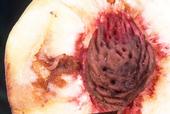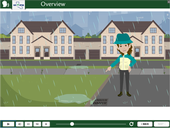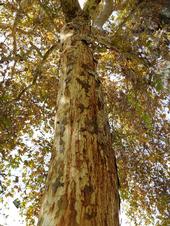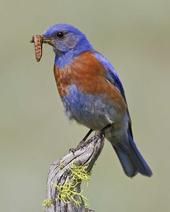- Author: Pamela Kan-Rice

UC study predicts three major pests to emerge earlier, produce more generations
As a result of climate change, the Golden State's farms are expected to face a surge in agricultural pests, which poses a threat to California's specialty crops industry. Populations of three major insect pests – codling moth, peach twig borer and oriental fruit moth — are projected to increase mainly due to rising temperatures, according to a study recently published in the journal “Science of the Total Environment” by a team of researchers at University of California Agriculture and...
- Author: Cheryl Reynolds

Do you know that some pesticides used around homes and other structures are toxic to small aquatic organisms living in nearby streams, creeks, rivers and oceans? The UC Statewide Integrated Pest Management Program has launched a new online course on runoff and surface water protection in California. This course is designed for pest management professionals working primarily in structural pest control or landscape maintenance, but residents and property managers may also find the presented information useful.
Developed by pest management experts from the California Department of Pesticide Regulation (DPR) and...
- Author: Randall Oliver

Results help inform best practices for managing the disease-causing beetle
The University of California, Irvine campus is home to a vast urban forest consisting of approximately 30,000 trees located in a mix of landscape, riparian and open space settings. In the mid-2010s, that forest came under threat from an invasive species of beetle that arborists and pest researchers were just learning about – the polyphagous shothole borer.
The tiny beetles, which may have arrived in California from their native Southeast Asia via infested shipping materials, tunnel into trees and introduce a fungus that serves as food...
- Author: Jeannette E. Warnert

Hedgerows bordering farmland – plantings with native trees, shrubs, bunch grasses and wildflowers – support bug-eating birds, which helps with on-farm pest control, according to research by recent UC Davis graduate Sacha Heath and UC Cooperative Extension advisor Rachael Long. The study was published in the October 2019 issue of the online journal Ecosphere.
The authors glued codling moth cocoons to walnut tree trunks and covered some with cages that exclude birds to test the effect that bird predation has on controlling moth pests. If...



